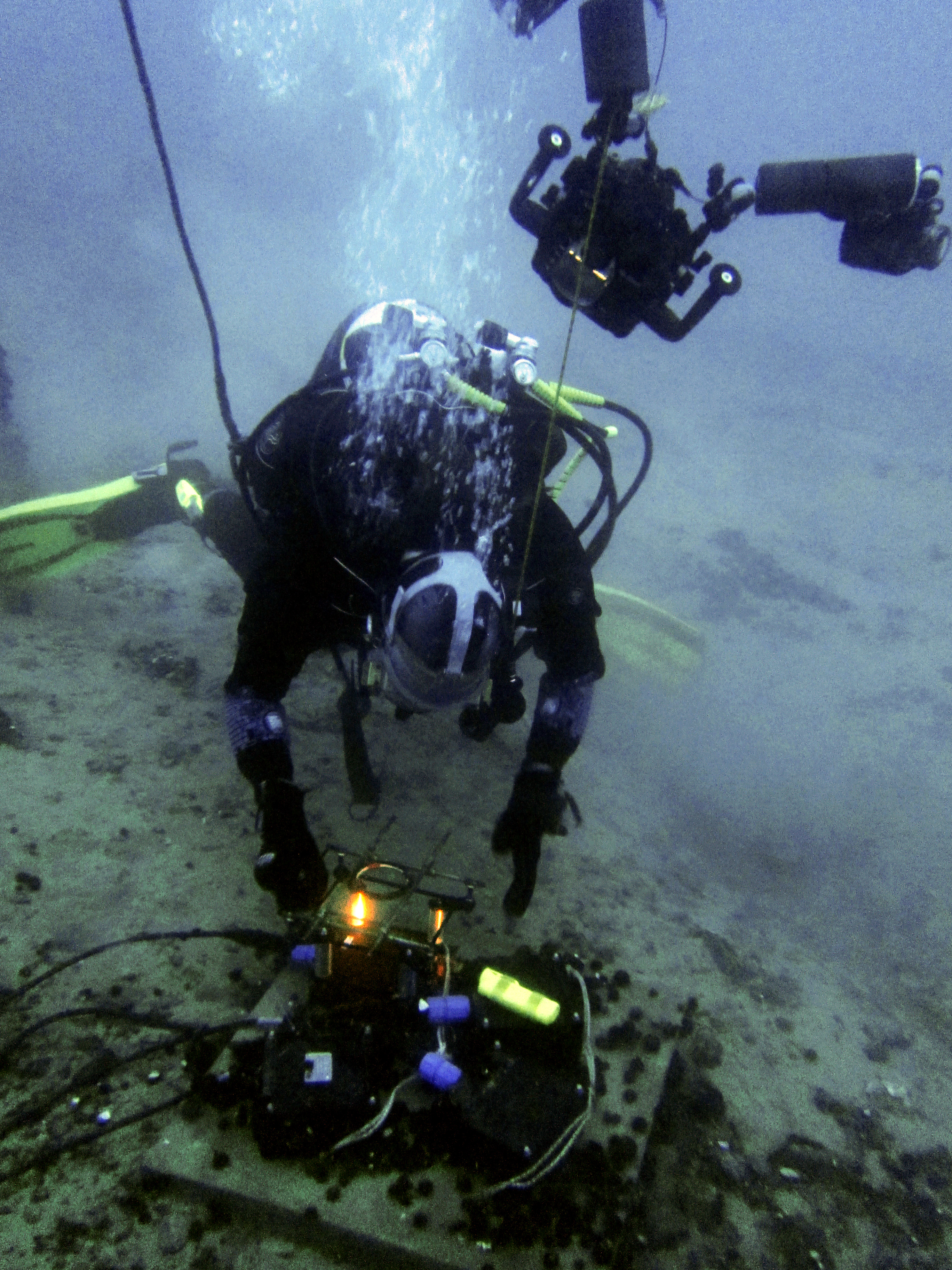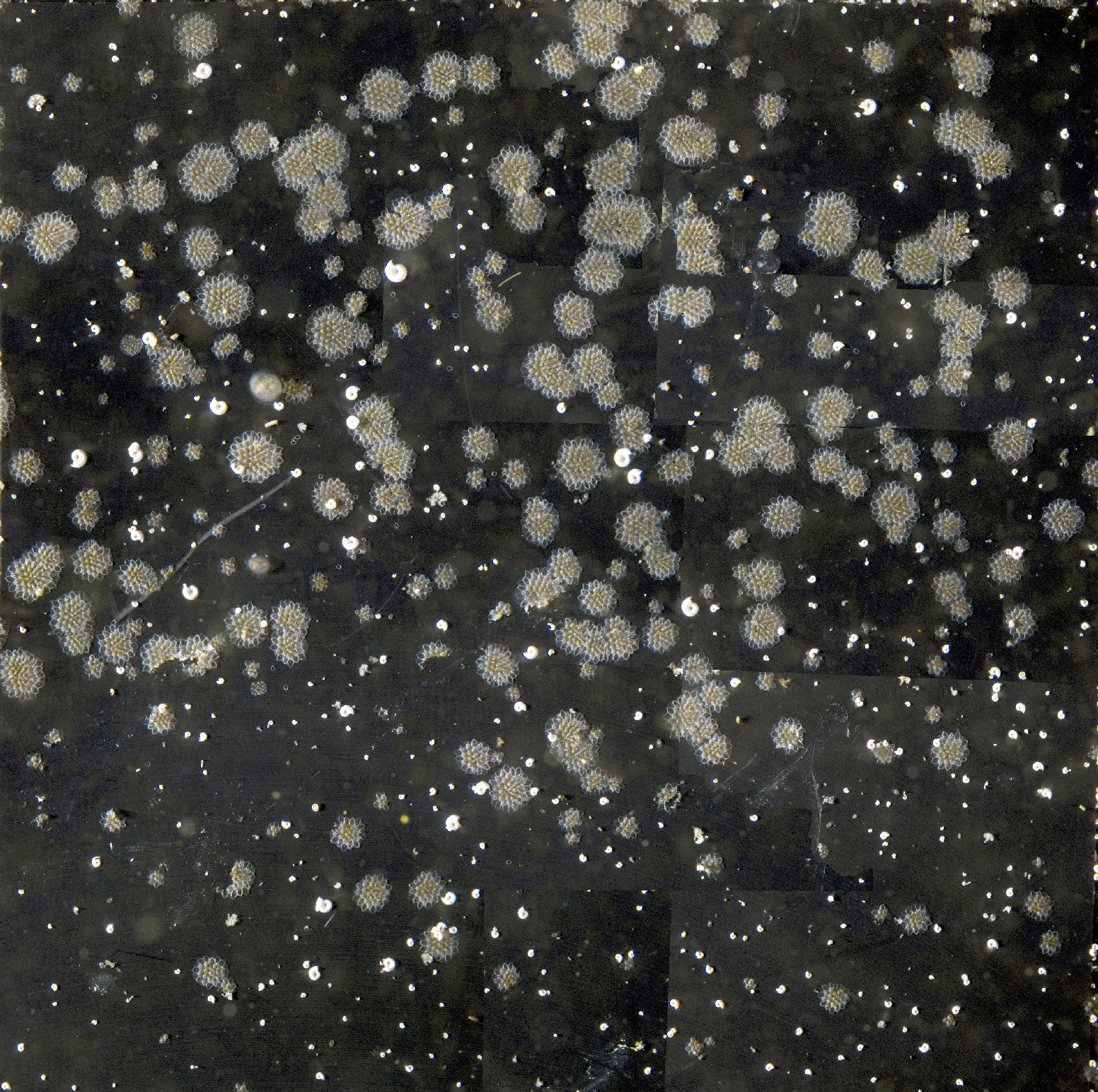Antarctic marine life may grow faster in a warming world
A team of scientists has discovered that a 1°C rise in local sea temperature has massive impacts on an Antarctic marine community. These new results are published this week (31 August) in the journal Current Biology, and enable researchers to better understand the biological implications of the future ocean warming predicted by the Intergovernmental Panel on Climate Change (IPCC).
By deploying heated panels on the seabed around Rothera Research Station, on the Antarctic Peninsula, the team observed that with a 1°C rise in sea temperature, predicted by the IPCC to occur before 2100, the growth of Antarctic seabed life nearly doubled. This is much greater than the long held expectation for biological responses to temperature. With a 2°C rise, however, the results are less clear as some species continued to grow faster whilst others had likely reached a limit.

Organisms on the seabed in Antarctica live in a very cold and stable environment where annual temperatures vary only between -2 and +1°C. The environment has been this cold for millennia, and so marine life has become highly adapted. Understanding how future environmental change will affect the polar biodiversity in the ocean is key, as species may either benefit from or be damaged by small changes in sea temperature.
Lead author Dr Gail Ashton, who led the project whilst at Rothera says:
“This is a deceptively simple and unambiguous experiment. By putting our test plates in the ocean and conducting the experiment there, we’ve changed almost nothing except the water temperature: not the food supply not light levels, nor the surrounding ecosystem. We can see the impact of temperature change very clearly and it’s quite dramatic.”
Researchers monitored the settlement and growth of organisms on the panels using high-resolution photography acquired by divers working in the frigid Antarctic water. Analysis of the photographs has provided clear visual evidence, which alongside the data reveal that with a 1°C rise in sea temperature, the Antarctic marine community experienced an unexpectedly high level of growth.
Dr Ashton, now at the Smithsonian Environmental Research Center in California, continues:
“Having spent most of my career working at temperate latitudes, the observable difference in communities warmed by just 1°C was quite a surprise”.
The animals that settled on the panels include colonial bryozoans and spiral tube worms, both common to seafloors globally. Increased growth may be a positive ecosystem response, nutrients would be more quickly available to species further up the food chain, while increased skeletal growth would increase carbon capture to the sea floor. Species richness, the number of different species represented in a community, remained the same under warming, although diversity and evenness of the community was reduced. The overall dominance of the community by a single species of encrusting bryozoan (Fenestrulina rugula), gives an indication that this species would be one of the winners under future ocean warming. In this study it grew twice as fast in warmer conditions.

Dr Simon Morley, an ecophysiologist at BAS says:
“Such large changes in communities, in response to conditions that are forecast within our lifetimes, is quite remarkable. Much of the biodiversity in the oceans is attached to the sea floor and these communities are clearly susceptible to even small changes in their environment. Understanding which species will be the winners and losers is key as we try to predict the impact of climate change on life in the ocean.”
Read the paper here.
Find out more about the heated settlement panel project here.